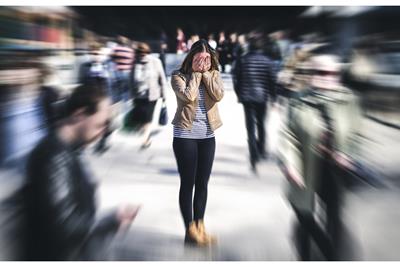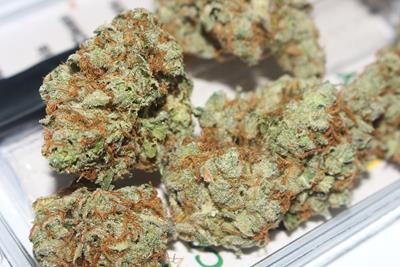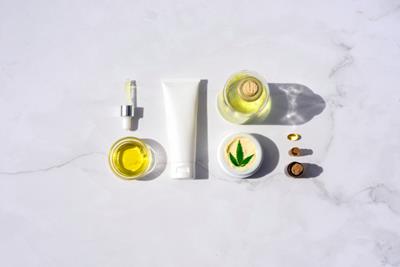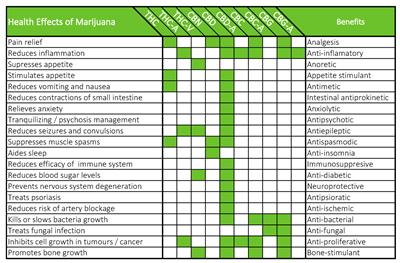
Wednesday November 3, 2021
By Erin Hiatt
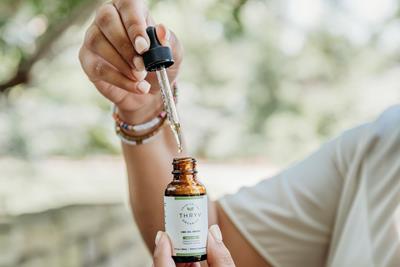 Health/Science
Health/Science
Maybe it happened when you tried a new-to-you higher potency strain. Or maybe you decided to give dabbing a whirl, or you loved the flavor of that edible so much that you really did eat the whole thing. Hopefully you’ve avoided the dreaded green out, when some consumers experience nausea, dizziness, vomiting, or even mild hallucinations after consuming too much weed.
But even if you haven’t fallen into a green out, being too high can be a really uncomfortable experience. In addition to some physical discomfort, if you’re too high you may experience an accelerated or irregular heartbeat, sweats or chills, tingling and numbness, paranoia, have difficulty forming sentences, and more. Not fun. Is there anything you can do?
Can CBD Help When You’re Too High?
Luckily, the non intoxicating cannabinoid CBD — the yin to THC’s yang — can be a handy tool to help bring down an intense high. As CBD has become even more visible to mainstream consumers, researchers are learning more about how the compound may interact with a cannabinoid like THC.
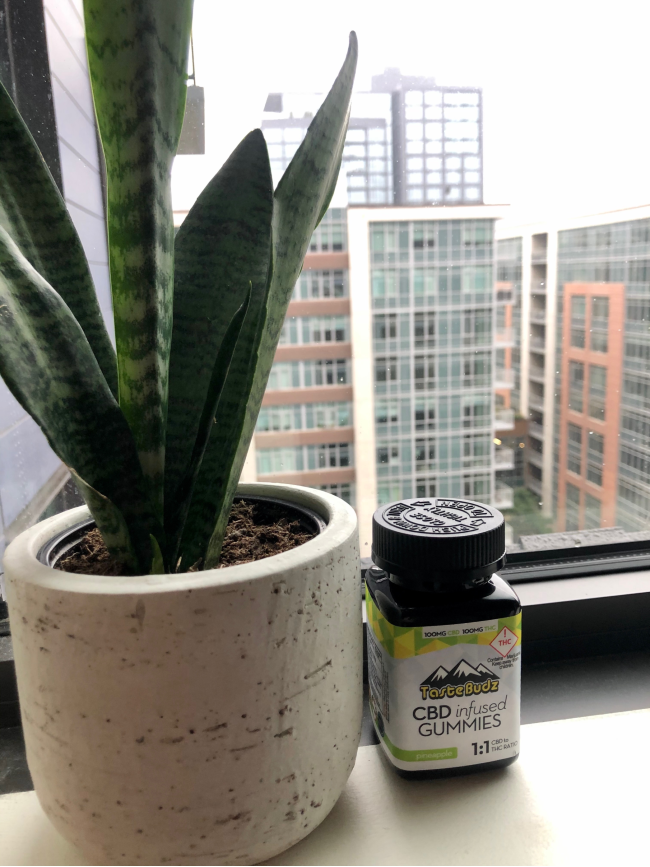
One 2018 review article published in Frontiers in Pharmacology reported that CBD may help lessen the intensity of a high by not binding to either CB1 or CB2 receptors (to learn more about the endocannabinoid system and how this works, check out this great by piece by PotGuide contributor Abby Hutmacher). Instead, CBD may act more like a THC blocker, interfering with its ability to bind to CB1 receptors, which may reduce the effects of THC and increase other circulating cannabinoids.
Now that we know how it might work, let’s take a look at how to use CBD when you get too darn high.
CBD Products to Help Control a High
If you’re feeling too high you’re going to want some relief stat, so this scenario calls for a consumption method with the quickest and most effective bioavailability.
- Sublingual CBD: when you take CBD by placing it under your tongue, bioavailability may go up to as high as 75 percent (as opposed to oral administration at 4-20 percent, which also has to pass through your digestive system)
- Smoking/Vaping CBD: this method is less predictable and has a wide bioavailability, ranging from 2-56 percent. You may have to go back a few times to achieve relief when smoking or vaping CBD
- Buccal/Oromucosal: this method involves placing medicine inside the cheeks or on the gums. It is thought that this method provides more active cannabinoids than sublingual administration
- Transdermal: reports on this are completely anecdotal, but transdermal CBD may work well to tame a high because it bypasses first-pass metabolism and lasts for 8-12 hours
Theoretically, you could try anything around your house with CBD; gummies, topicals, or drinks. But these methods are tricky to dose, and may not deliver the effects of CBD as they promise (especially true of the drink category). Based on what we’ve learned so far, I’d put my money on sublinguals for the most direct and efficient CBD delivery and the surest way to help you feel less high.
Have you ever used CBD to combat an uncomfortable high? Share your experiences in the comments below.
Photo Credit: Jordan Nix (license)



